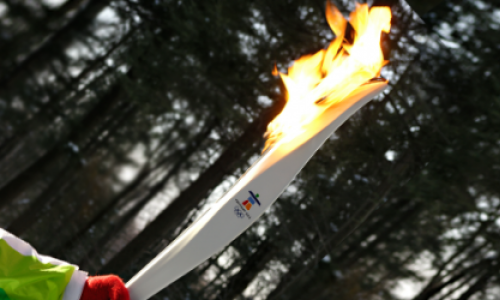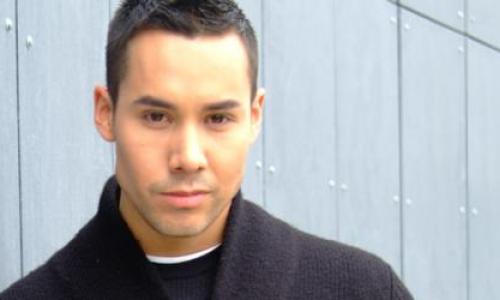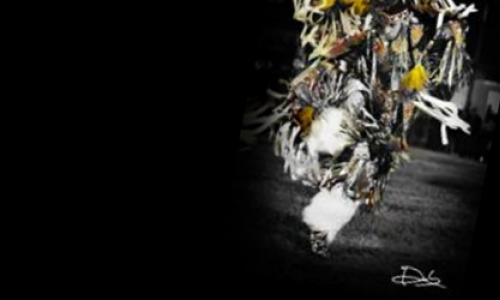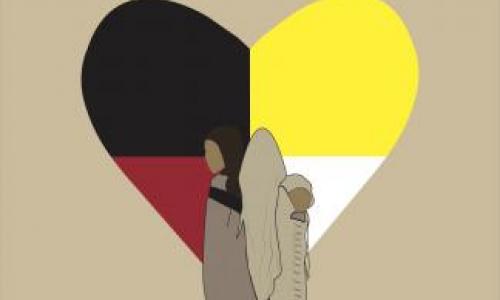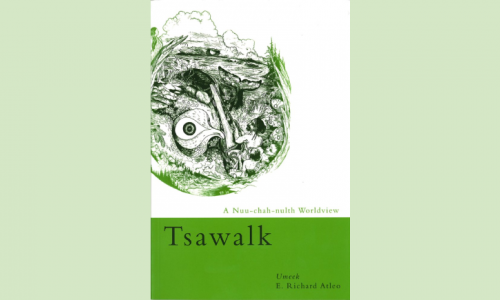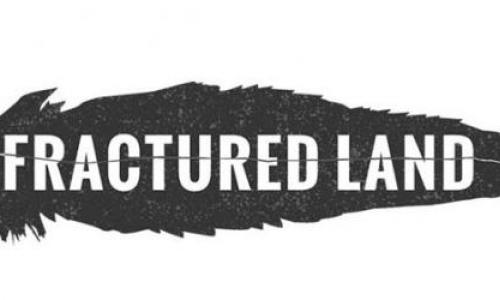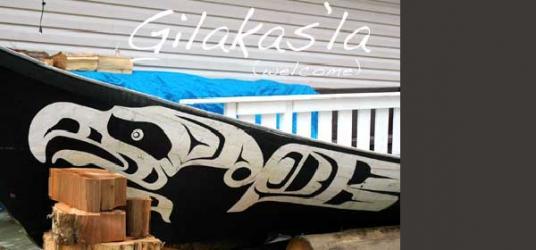
I have recently been hired as an Indigenous Student Ambassador with SFU’s recruitment department. This is a pilot project lead by Angela Semple, in which Indigenous students such as myself will become a point of contact for prospective Indigenous students. This past Wednesday, I had the privilege of joining a group of Indigenous students from Quatsino First Nation on a tour of SFU. The students in the group were between the grades of 9 and 12, led by Cary-Lee Calder, a QFN Councilor whose responsibilities include education. It was a pleasure to spend time talking with the students.
Quatsino is a small community outside of Port Hardy with a population of approximately 270 people. The students explained that they are bussed to Port Hardy Secondary School, as there is no high school in Quatsino. They had begun their field trip looking at schools in Campbell River and Courtney before arriving in Vancouver. In Vancouver they toured Langara College, BCIT, UBC and finished with SFU. They would then travel on the ferry where they would tour a school in Nanaimo and finish at UVIC in Victoria.
Their trip was planned and organized by Cary. She expressed her desire to show the students that there are many possibilities for them. She wanted to show them that they could follow their dreams. RJ was our tour guide and he led us through the usual route, but something that stood out to both of us was that these students wanted to linger in various areas that held their interest; the Terry Fox field, the gym, the pool, the residences, SFU Museum of Archeology and Ethnology. Despite the fact that they were tired and had been on a whirlwind tour of many schools in two days, they were still engaged and imagining themselves as University students. There was not enough time for them to see everything they had wanted to see.
The group was easy going and friendly. I felt immediately comfortable with them as though I was a member of the community. There is a sense of warmth and welcome that I have found in no other place in the way in which I have found it within Aboriginal communities; and this group was no exception.
After the tour was over, I joined them for dinner in Mackenzie café and we discussed their trip. Several of them expressed an interest in BCIT, a few more want to go to culinary college. One wants to become an engineer, another expressed interest in Anthropology and First Nation Studies. A couple of the boys want to be mechanics, and one of the girls wants to learn carving before she trains to join the RCMP. Another of the boys was absolutely certain that SFU was the University for him.
I was encouraged to hear of their goals and happy to know that several of the students that hadn't been considering post-secondary had changed their minds. One of the students had mentioned that he could see himself living in Vancouver and going to a school like SFU. That was the goal Cary had intended by organizing their trip; that these students would set goals for themselves and realize they have the power to achieve them.
Aboriginal drop out rates in Canada have been troubling. “In 2006, at least half of the on-reserve population aged 25 to 34 did not have a high school leaving certificate, compared with 10% for other Canadians of the same age. A comparison of the 2001 and 2006 Census results indicate that little progress has been made in improving the on-reserve educational achievement rates”(Source).
Statistics about Aboriginal drop out rates have been cause for concern for many years; and I was inspired and encouraged by this small community of people who took responsibility for the future of these youths. They took action, leading by example to show them there is another way. Community development programs such as this in urban and isolated communities, off-reserve or on reserve ensure the vitality, wholeness and healing of Canada’s Indigenous populations.
Our youth are smart, capable and important. Education will give them the tools they need to decolonize themselves, their communities and future generations. I learned a great deal from these Quatsino people for which I am truly grateful and I hope each of them went home dreaming bigger dreams for themselves.
As for the rest of us, all I know is that it is tremendously important for us to encourage those dreams; perhaps all they need to know is that we believe in them.










